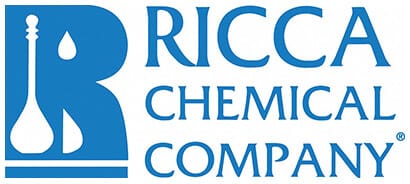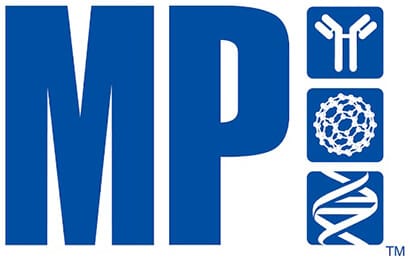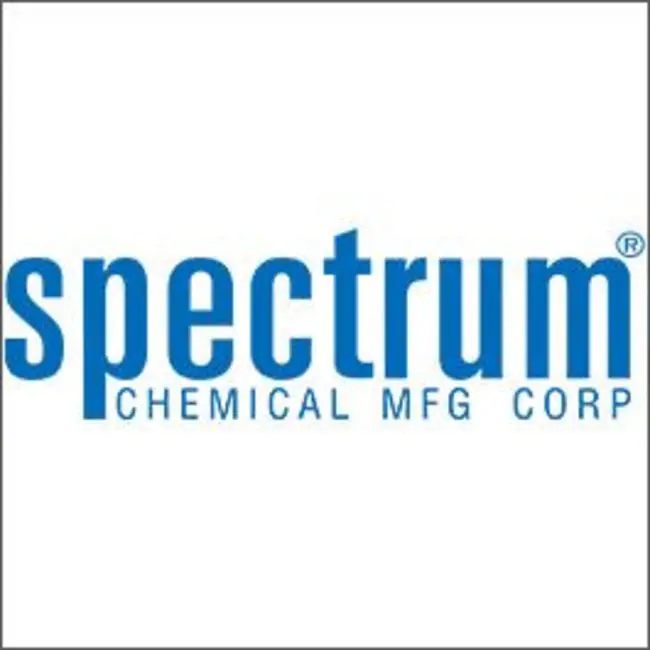500μl
Showing all 6 results
-

PAGE-MASTER Protein Standard (for SDS-PAGE)
$41.40 Add to cart View Product DetailsPAGE-MASTER Protein Standard (for SDS-PAGE) is a protein standard specially designed by GenScript. It consists of seven bands with molecular weight of 10 kD, 20 kD, 30 kD, 40 kD, 60 kD, 80 kD and 120 kD. All bands are highly purified, thus exhibit excellent performance in SDS-PAGE gels.
This PAGE-MASTER protein standard is UNSTAINED. Stain the gel to visualize the protein ladders after electrophoresis.
-

PAGE-MASTER Protein Standard Plus
$51.75 Add to cart View Product DetailsPAGE-MASTER Protein Standard Plus is a special-designed protein standard by Genscript .The standard consists of nine proteins with molecular weight of 10kDa, 15KD, 20kDa, 30kDa, 40kDa, 50KDa 60kDa, 80kDa and 120kDa. The proteins of 15 KDa and 50KDa are pre-stained proteins coupled with blue dye for easy visualization. All the bands were highly purified, thus gives excellent performance in SDS-PAGE gels.
-

SARS-CoV-2 Spike protein (RBD, Avi & His Tag)-HRP
$1,660.31 Add to cart View Product DetailsSevere acute respiratory syndrome coronavirus 2 (SARS-CoV-2) is the virus that causes coronavirus disease 2019 (COVID-19), the respiratory illness responsible for the COVID-19 pandemic. SARS-CoV-2 also known as 2019-nCoV, is a positive-sense single-stranded RNA virus and is believed to have zoonotic origins and has close genetic similarity to bat coronaviruses. The receptor binding domain (RBD) of spike protein of the SARS-CoV-2 virus binds Angiotensin-Converting Enzyme 2 (ACE2) to invade the host cells. Based on structural biology studies, the RBD can be oriented either in the up/standing or down/lying state with the up/standing state associated with higher pathogenicity.
-

SARS-CoV-2 Spike protein (RBD, L452R, T478K, Avi & His Tag)-HRP
$1,811.25 Add to cart View Product DetailsSARS-CoV-2 (Severe Acute Respiratory Syndrome Coronavirus 2) also known as 2019-nCoV (2019 Novel Coronavirus) is a virus that causes illnesses ranging from the common cold to severe diseases. As of May 2021, three sublineages have been found. Despite its name, B.1.617.3 was the first sublineage of this variant to be detected, in October 2020 in India. This sublineage has remained relatively uncommon compared to the two other sublineages, B.1.617.1 (also known as variant Kappa) and B.1.617.2 (also known as variant Delta), both of which were first detected in December 2020. This variant has the double mutations E484Q and L452R in the spike proteins. Emerging research suggests the variant may be more transmissible than previously evolved ones. Whether the effectiveness of currently-deployed vaccines is affected remains under investigation. Moreover, the sublineage B.1.617.2 has been redesignated as “variant of concern” (VOC-21APR-02) in May 2021, which spreads more quickly than the original version of the virus.
-

SARS-CoV-2 Spike protein RBD-HRP, BA.2 variant, His Tag
$1,811.25 Add to cart View Product DetailsBA.2 differs from BA.1 in its genetic sequence, including some amino acid differences in the spike protein and other proteins. Studies have shown that BA.2 has a growth advantage over BA.1. Studies are ongoing to understand the reasons for this growth advantage, but initial data suggest that BA.2 appears inherently more transmissible than BA.1, which currently remains the most common Omicron sublineage reported. This difference in transmissibility appears to be much smaller than, for example, the difference between BA.1 and Delta. Further, although BA.2 sequences are increasing in proportion relative to other Omicron sublineages (BA.1 and BA.1.1), there is still a reported decline in overall cases globally.
-

SARS-CoV-2 Spike protein RBD-HRP, Omicron Variant, His Tag
$1,811.25 Add to cart View Product DetailsSARS-CoV-2 (Severe Acute Respiratory
Syndrome Coronavirus 2) also known as 2019-nCoV (2019 Novel Coronavirus) is a virus that causes illnesses ranging from the common cold to severe diseases. Recently, the new B.1.1.529 variant was confirmed in South Africa and preliminary evidence suggests an increased risk of reinfection with this variant. The B.1.1.529 variant was first reported to WHO on 24 November 2021 and WHO has designated this variant as a VOC (Variant of Concern), named Omicron. There are more than 30 mutations in the spike protein.






